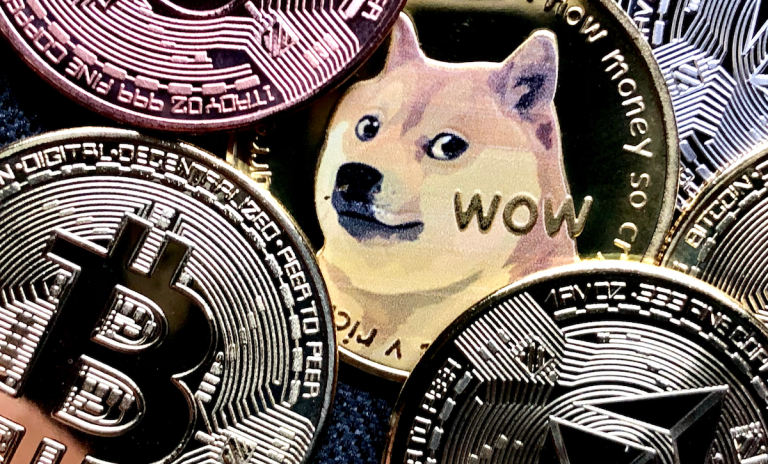

The debate over whether cryptocurrency markets are a “casino,” or whether digital assets can be a valuable financial innovation has yet to find a comprehensive, scalable answer as the industry continues to evolve.
At the center of the question is the growing distinction between meme coins, such as dogecoin and the $TRUMP meme coin, and digital assets, such as bitcoin and Ethereum, tokenized real-world assets (RWA) and stablecoins.
Hedge fund Elliott Management issued a warning Thursday (Jan. 30) that the President Donald Trump administration’s embrace of crypto has resulted in crypto assets that have soared in price but have “no substance.”
The “inevitable collapse” of the crypto bubble “could wreak havoc in ways we cannot yet anticipate,” Elliott said, per a Financial Times report.
As the crypto market matures and institutional players enter the space, understanding the distinction between meme coins and digital assets is crucial for businesses, investors and regulators, and conflating the two can lead to misunderstandings about the role of blockchain technology in finance.
Crypto is not monolithic. While parts of the industry may resemble a speculative casino, others are laying the groundwork for legitimate financial innovation. The real question remains whether the sector can mature beyond speculation and deliver sustainable, real-world value.
Why the Distinction Between Meme Coins and Digital Assets Matters
Cryptocurrency has been one of the most polarizing financial phenomena of the past decade. Depending on whom you ask, it’s either the foundation of a revolutionary financial system or a glorified casino dressed up in digital jargon. The truth, as with most things, lies somewhere in between.
The rise of meme coins reflects the power of internet culture in shaping financial markets, but their sustainability remains questionable. Meme coins, as the name suggests, are cryptocurrencies inspired by internet culture, often created as jokes or community-driven projects. Their value is typically derived from social media hype, influencer endorsements and retail investor speculation rather than any underlying utility.
Meanwhile, digital assets are steadily gaining mainstream acceptance, particularly as central banks explore tokenization and traditional financial institutions integrate blockchain-based solutions.
Institutional investors and regulators scrutinizing crypto markets are increasingly focused on the utility and legitimacy of digital assets, whereas meme coins remain speculative and volatile. Still, despite their speculative nature, meme coins often serve as an entry point for new investors into digital assets.
In essence, digital assets are positioned to drive innovation in global finance, whereas meme coins are often more of a retail investor-driven experiment.
While meme coins may continue to thrive in speculative trading cycles, the future of blockchain technology likely rests on digital assets with clear utility, strong regulatory backing and institutional adoption.
Institutional Adoption and Financial Innovation
Despite years of development, many crypto projects struggle to demonstrate practical applications beyond speculation. While bitcoin has gained some traction as digital gold, and stablecoins are used in trading, most cryptocurrencies remain assets for speculation rather than tools for daily transactions.
Regulation, improved security and institutional involvement will help shape the future of crypto. If the industry can overcome its reputation for volatility and fraud, it has the potential to become a cornerstone of the financial system. Until then, for many, it remains a high-risk, high-reward gamble.
“As more banks integrate blockchain capabilities, customers will have greater choice in transferring value,” FV Bank CEO Miles Paschini told PYMNTS this month. “We’re blazing the trail for a future where blockchain is just another payment rail.”
The PYMNTS Intelligence report “Blockchain’s Benefits for Regulated Industries” found that blockchain technology has numerous potential benefits to serve the unique needs of regulated industries, including finance, healthcare, identity verification and supply chain management, to name a few.
“The largest financial institutions are eager to explore tokenized assets,” Nikola Plecas, head of commercialization, Visa Crypto, told PYMNTS in October, but he added that they require regulatory certainty to do so at scale.
Blockchain-based treasury applications are important for finance teams looking toward a more efficient and transparent financial future.
“Don’t wait,” Ran Goldi, senior vice president of payments and network at Fireblocks, told PYMNTS in October. “Start experimenting with blockchain-based payments now, or risk losing out to more agile competitors.”